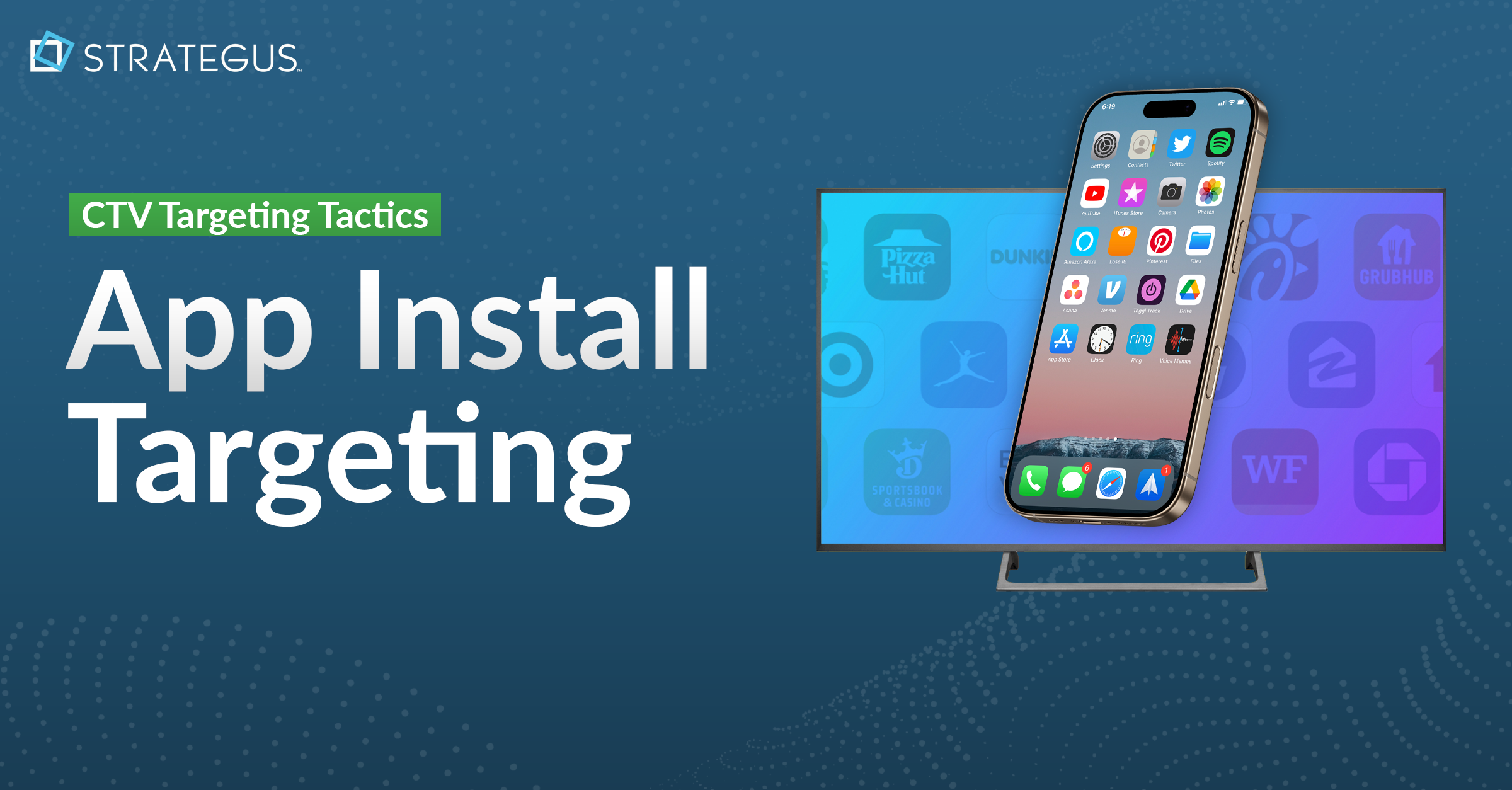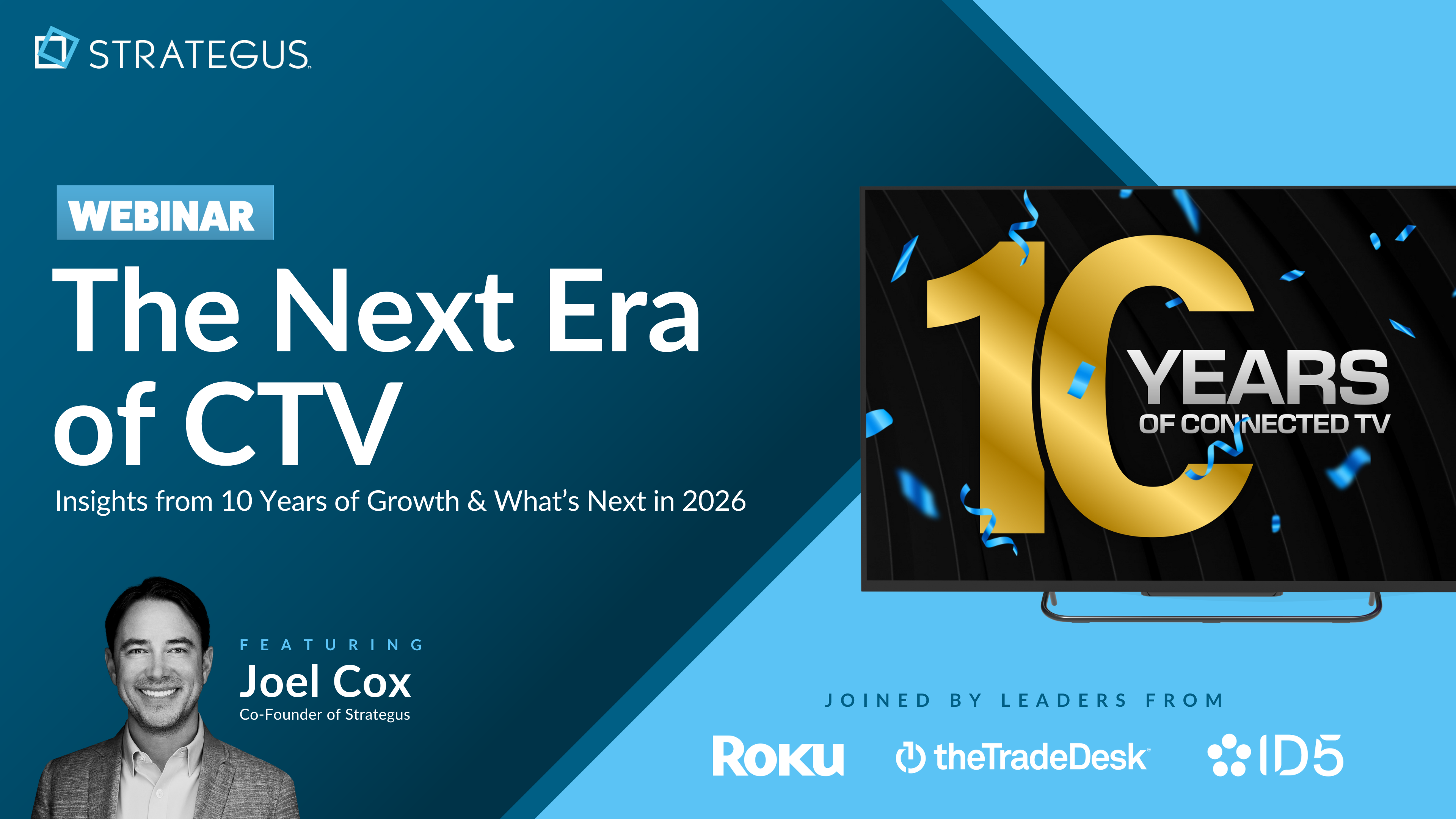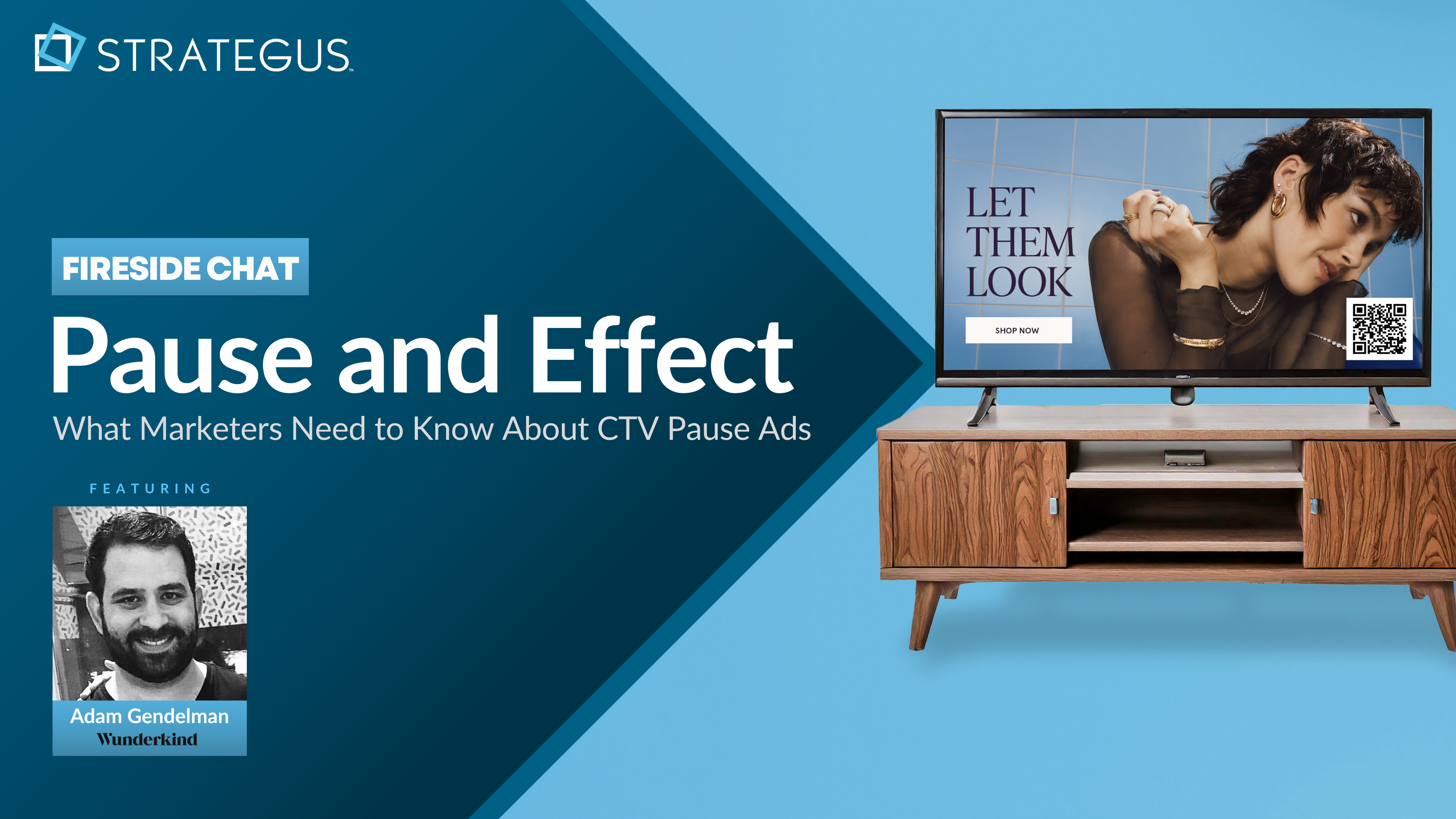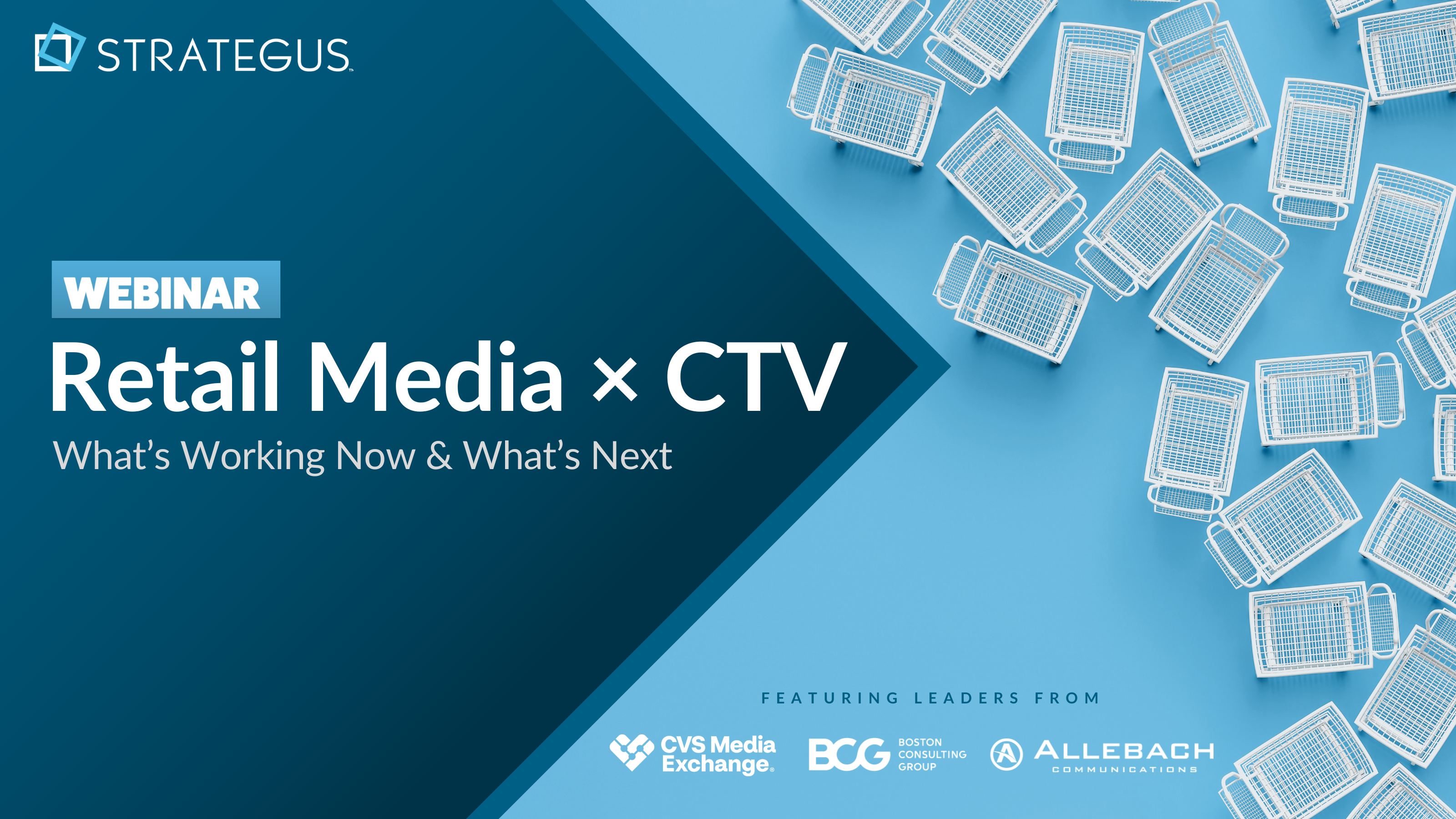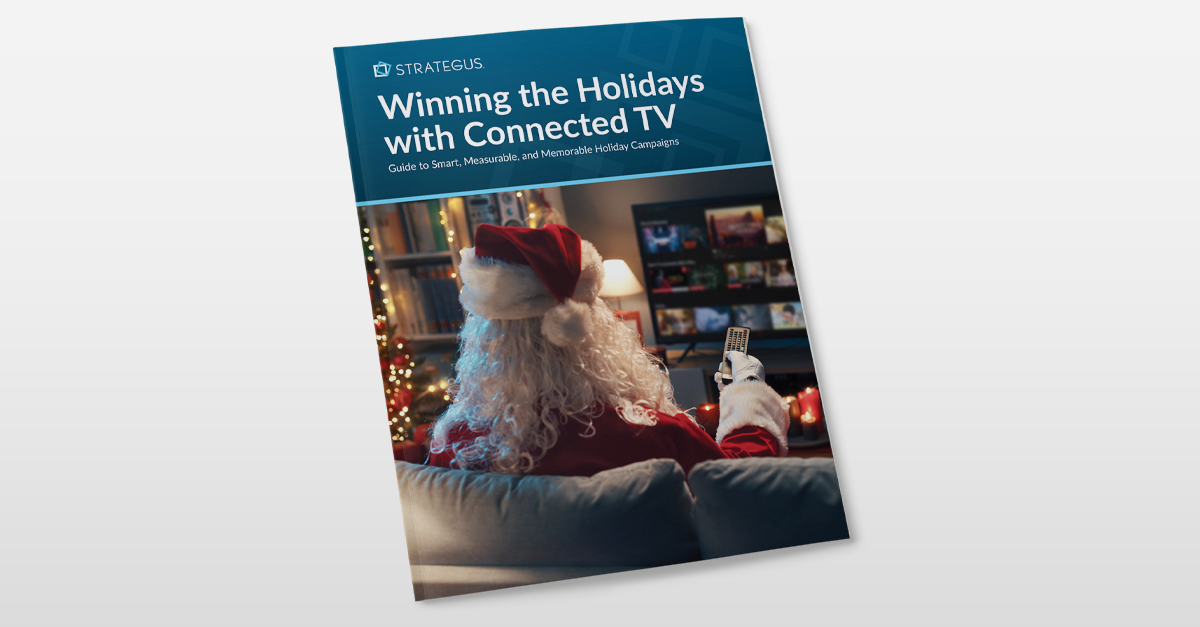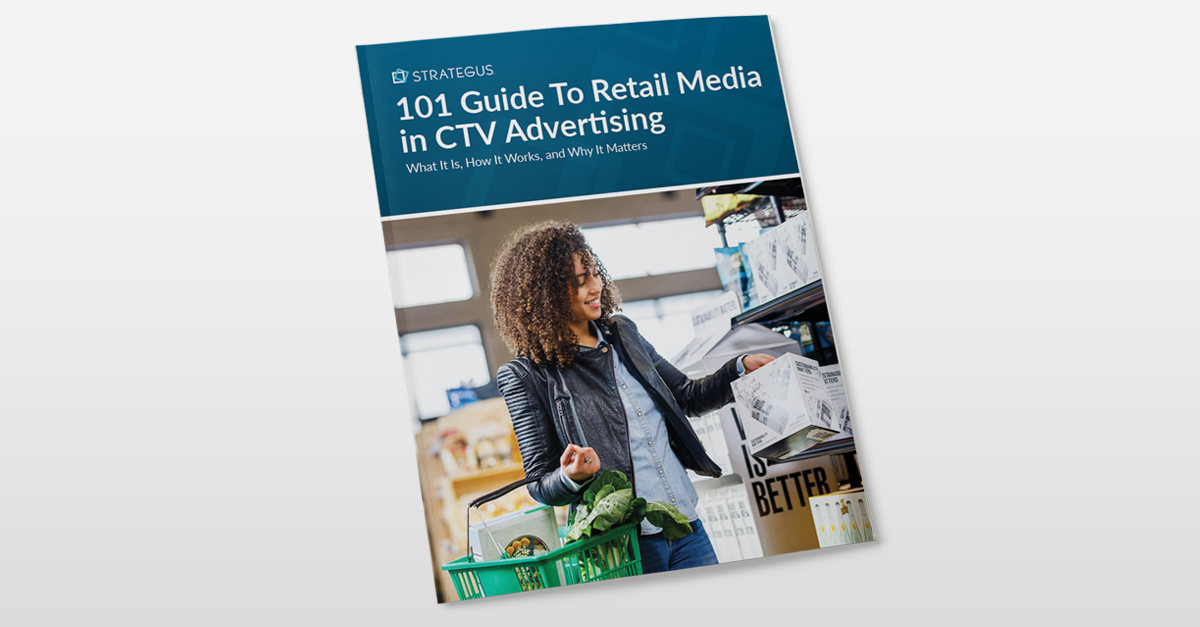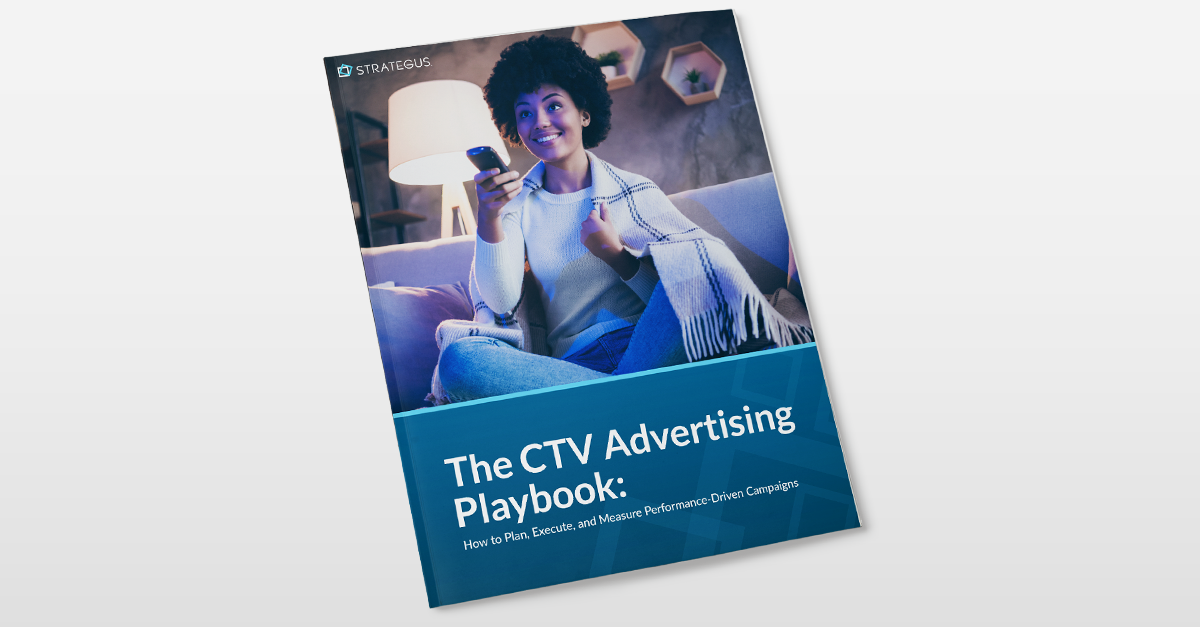- Home
- Strategus Blog
- OTT Marketing Strategy: How to Optimize Ad Performance
OTT Marketing Strategy: How to Optimize Ad Performance
 Andy Dixon
Andy Dixon
2 minutes read

When running OTT advertising campaigns, you may be asking what’s the best way to optimize your OTT ads? Not all ads are created equal, and not all OTT campaigns will perform to the standards you were hoping. But hopefully with the right optimization steps and knowledge, you’ll be able steer your campaigns in the right direction.
Let’s start with one thing, OTT Advertising gives you way more control and transparency over what audience your ads are serving to, at what times, and even the completion rates. Contrary to traditional TV, with OTT Advertising, we’re able to understand which households and users can and willing to watch your ad to completion. If you’re finding that a particular advertisement or placement has a higher completion rate than another, then you have the ability to optimize that ad or placement by bidding up, or excluding those that are underperforming in terms of completion rates.
Pacing your OTT campaigns evenly is a big component to optimizations. Even distribution and delivery across your given time frame and schedule is key. You don’t want to spend all your budget in the semi-finals of the tennis tournament you’ve bought spots for, when the finals and championship are the most important of the event. Consider even scheduling your campaigns effectively to your goals, so that you’re capturing the right audience at the right time at the right place.
Buying OTT programmatically opens new optimizing opportunities for brands who couldn’t advertise to certain audiences or channels prior. An important thing about buying programmatically is that it enables targeting down to the household, and even the device. This offers up greater efficiency and the need to not spend as much when compared to a broad-reach tool like TV because we can target only the users (or households) who are in market for what we have to offer. When you get access to all data sources programmatically you’re no longer hindered by limited data.
OTT Attribution tracking is the optimization wave of the future. Traditional TV has been anecdotal in nature. You run tv spots and qualitatively say that your sales have gone up. There has never been a tool that tells you because someone saw your ad on a connected tv or tv for that matter, your revenue went up. OTT serves in as high format and screen, it’s formation is none the less digital. That’s an optimization advantage to the advertiser because attribution becomes available. At its core, attribution tracking is as simple as post view visit tracking. A simple placement of a pixel on a client’s website will tell you who visited your website after seeing the OTT tv spot. One half of it is a pixel placed on the site, and the other is an impression tracker when an OTT ad is served.
As a final note, be careful with optimizations around your targeting. Targeting demographics are not as effective than targeting behavior, or interests and affinities. Demographics such as age and gender muddy the waters around what interests them, when inherently, you can just target the interest first, and leave out the assumption that an age group is interested in something.

Andy Dixon is a seasoned Content Writing Specialist at Strategus, renowned for his expertise in creating engaging and impactful digital content. With over a decade of experience in content creation, Andy has honed his skills in a variety of niches, ranging from technology and marketing to education.
Strategus is a managed services connected TV(CTV) advertising agency with over 60,000+ campaigns delivered. Find out how our experts can extend your team and drive the result that matter most.
Talk to an Expert
Seeking a Custom CTV Strategy That Delivers?
What to read next
App Event Tracking: Tie Mobile App Activity to CTV Campaigns
Let’s say you’re running a CTV campaign for a personal finance app.
5 minutes read

Stop Guessing Who Your Audience Is — Let Their Apps Tell You
Connected TV (CTV) targeting often falls in one of two camps.
8 minutes read
See Who Bought After Your Ad + How Much They Spent
You can’t improve what you can’t measure. And for years, that’s been a major problem with TV advertising.
4 minutes read
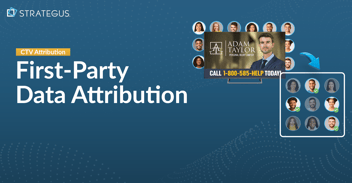
First-Party Attribution: Match Ads to Sales With CRM Data
The value of first-party data continues to grow.
7 minutes read



